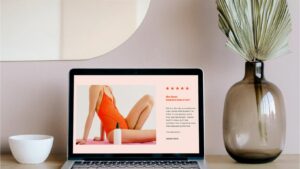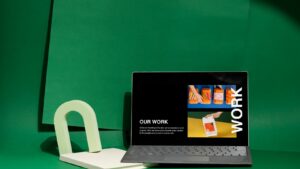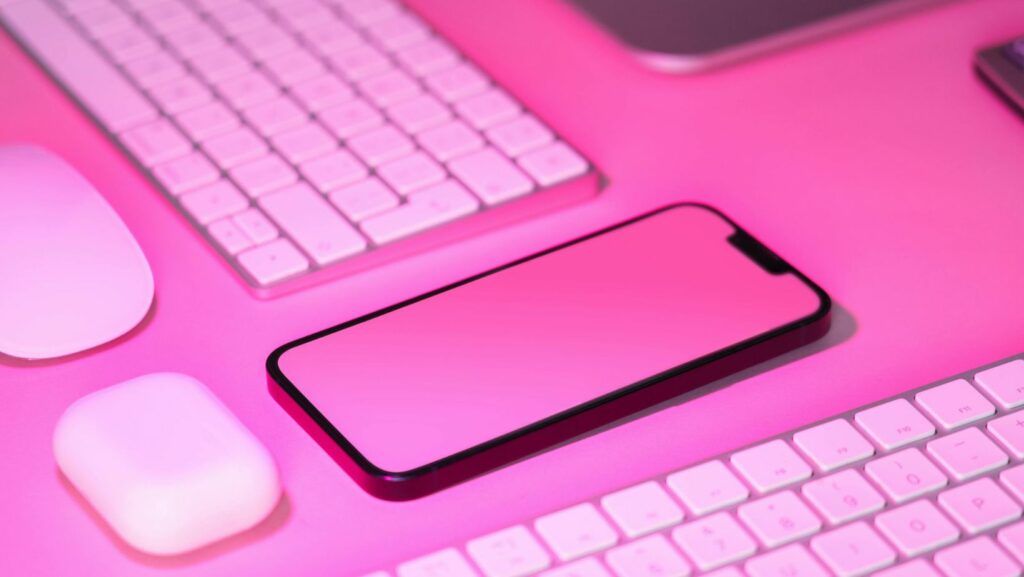Design Mockup Tools
 In the fast-paced world of design, creating visually appealing and functional prototypes is crucial. Design mockup tools have become indispensable for designers, enabling them to bring their ideas to life quickly and efficiently. These tools bridge the gap between concept and reality, offering a playground for creativity while ensuring precision.
In the fast-paced world of design, creating visually appealing and functional prototypes is crucial. Design mockup tools have become indispensable for designers, enabling them to bring their ideas to life quickly and efficiently. These tools bridge the gap between concept and reality, offering a playground for creativity while ensuring precision.
Whether you’re a seasoned designer or just starting out, the right mockup tool can significantly streamline your workflow. From wireframes to high-fidelity prototypes, these tools offer a range of features that cater to various design needs. With so many options available, finding the perfect tool to match your project requirements can be a game-changer.
Importance Of Design Mockup Tools
Design mockup tools are essential in modern design workflows. These tools allow designers to visualize concepts before finalizing them, reducing the need for revisions. By creating detailed mockups, designers can communicate ideas more effectively with stakeholders.
Mockup tools enhance efficiency by offering pre-made templates and design elements. These features save time and help maintain  consistency across projects. Designers can quickly test various layouts, color schemes, and typography, ensuring the final product meets all requirements.
consistency across projects. Designers can quickly test various layouts, color schemes, and typography, ensuring the final product meets all requirements.
Team collaboration improves with design mockup tools. Multiple team members can provide feedback and make adjustments in real-time, streamlining the design process. This collaborative environment leads to better design outcomes and faster project completion.
Mockup tools also support user experience (UX) by helping designers create interactive prototypes. These prototypes allow for usability testing and early detection of potential issues. Thus, designers can refine and optimize the user journey before development begins.
Overall, design mockup tools are invaluable for any designer. They enhance creativity, efficiency, and collaboration, resulting in better-designed, user-friendly products.
Key Features To Look For In Mockup Tools
When evaluating design mockup tools, certain features can make a significant difference in your workflow and overall design process.
User Interface and Usability
A clean, intuitive user interface (UI) is crucial for any mockup tool. Users should find essential tools easily accessible. For instance, Adobe XD offers a clear layout that allows quick access to design tools. Look for drag-and-drop functionality, as it simplifies the design process. Robust usability ensures a smoother user experience, reducing the learning curve for beginners while speeding up tasks for experienced designers.
Collaboration Capabilities
Collaboration features are vital in today’s remote-centric work environment. Tools like Figma excel in real-time collaboration, allowing multiple team members to work on a design simultaneously. Annotations and comment sections enable clear communication within the design file. The ability to share mockups easily with stakeholders for feedback optimizes workflow and reduces potential miscommunications.
Integration With Other Tools
Selecting a mockup tool that integrates seamlessly with other design and project management tools enhances efficiency. Look for integrations with tools like Slack, Trello, and InVision. For example, Sketch offers plugins to connect with various third-party applications, streamlining different aspects of the design process. Integration capabilities save time by avoiding the need to switch between multiple platforms.
How To Choose The Right Tool For Your Needs
Assess Your Design Requirements
Determine your specific design needs when choosing a mockup tool. Consider the type of projects you’ll work on, whether they involve UI/UX design, web design, or app development. For instance, if interactive prototypes are essential, tools like Adobe XD or Figma would be suitable choices.
Evaluate User Interface and Usability
Look for a tool with a clean, intuitive user interface (UI). An easy-to-navigate UI can significantly streamline the design process, especially for beginners. Drag-and-drop functionality is a valuable feature, making it easy to place elements and adjust layouts without complex commands.
Consider Collaboration Features
 In today’s remote working environment, collaboration is key. Choose a tool that allows real-time collaboration with team members. Figma, for example, offers robust collaborative features, including commenting and shared projects, making it ideal for teams dispersed across different locations.
In today’s remote working environment, collaboration is key. Choose a tool that allows real-time collaboration with team members. Figma, for example, offers robust collaborative features, including commenting and shared projects, making it ideal for teams dispersed across different locations.
Select a tool that integrates seamlessly with other design and project management platforms you use. Integration with software like Slack, Trello, or Jira can streamline your workflow by allowing you to manage design tasks and communication in one place.

